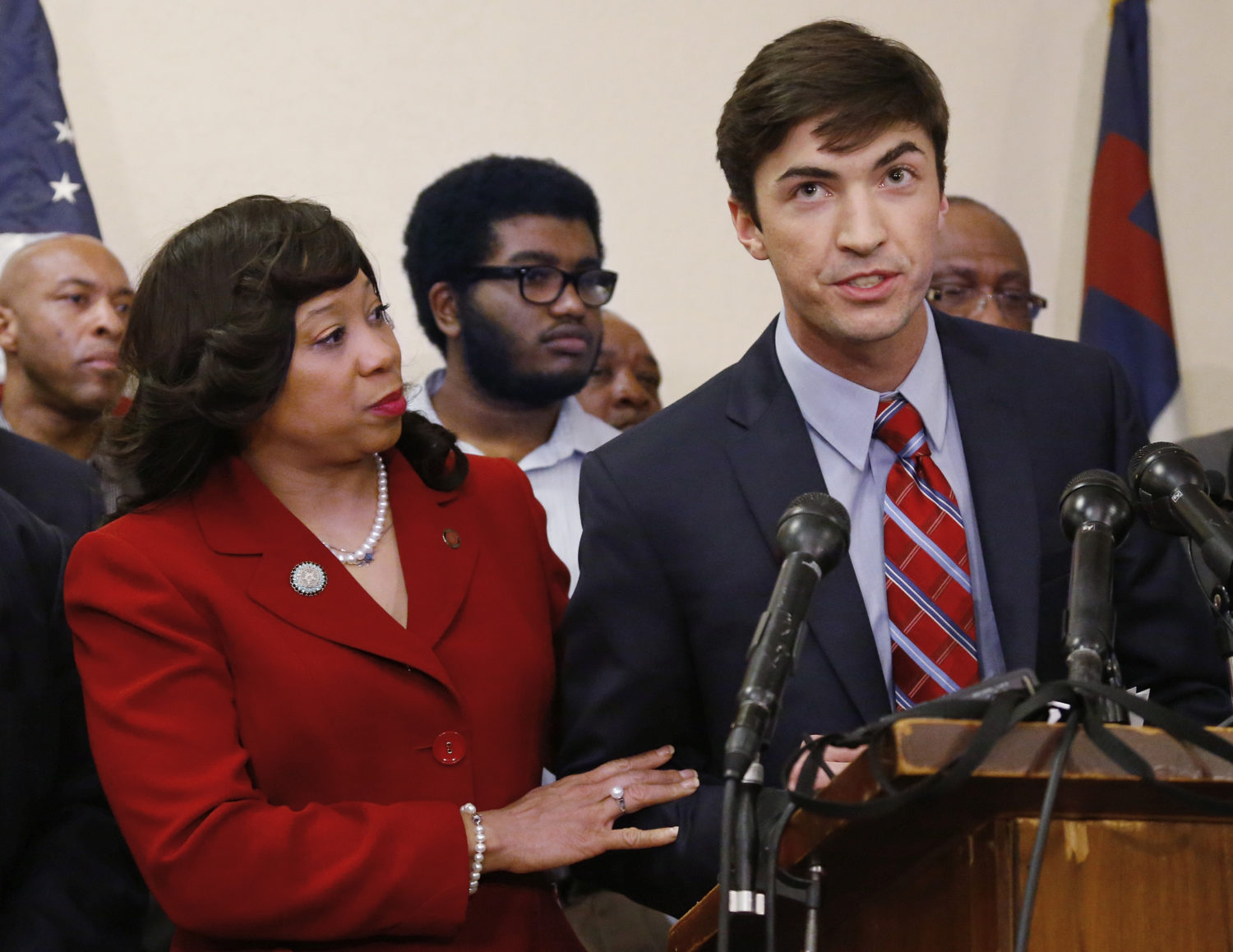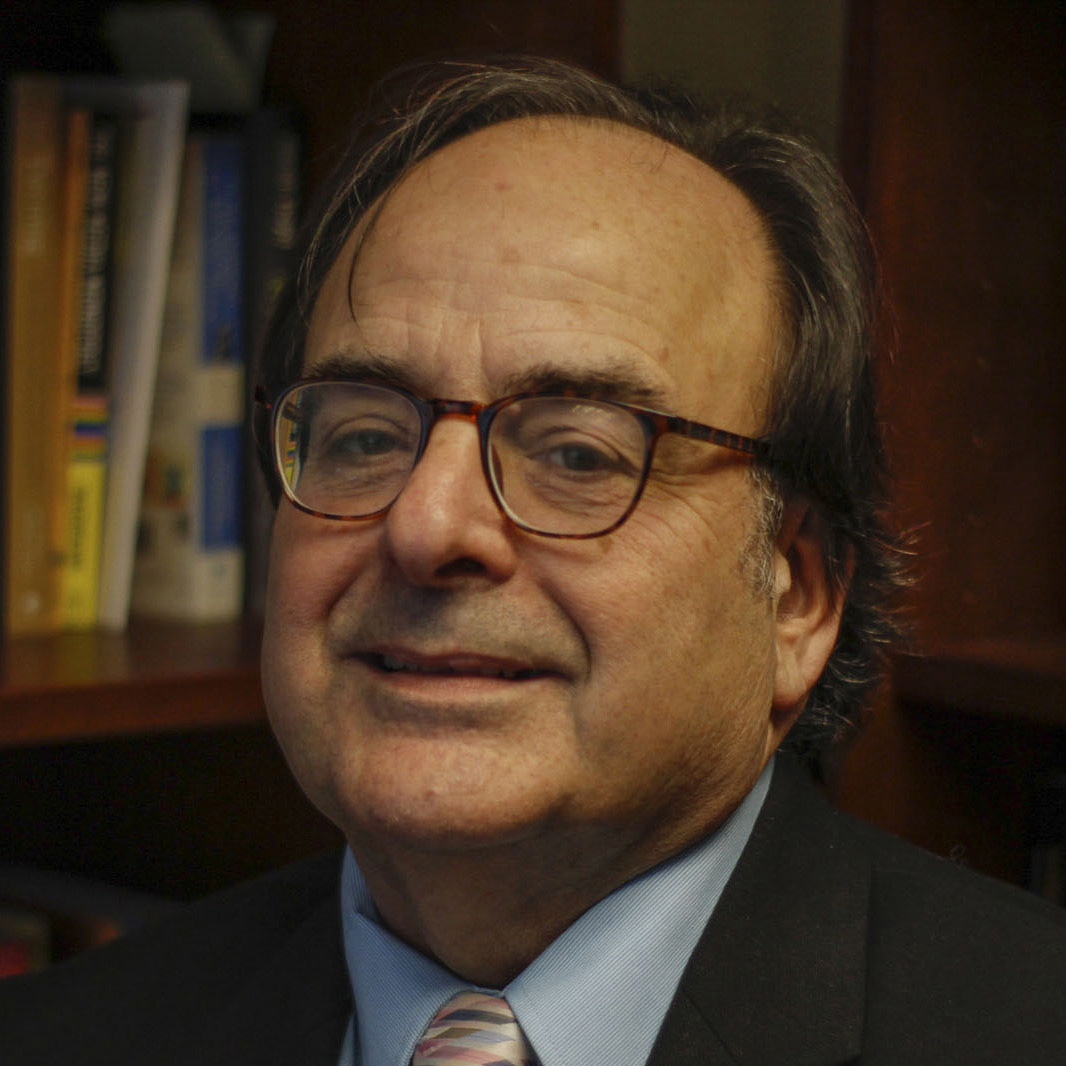Too often, colleges and universities shirk their commitment to diversity by invoking free speech rights to excuse abusive interpersonal and online behaviors.
Rather than focusing on healing and addressing the emotional toll caused by hateful words, administrators typically claim they cannot do anything because of the First Amendment.
This boilerplate response overlooks the safety and feelings of students of color, heightening campus tensions.
Students have reason to question First Amendment protections.
Diversity training typically focuses on protected segments of society. Title IX forbids gendersex-based discrimination in academic programs that receive federal financial aid. Title VII of the Civil Rights Act of 1964 prohibits employment discrimination based on race, color, sex, religion and national origin. The Americans with Disabilities Act bans disability-based discrimination.
If a person is accused of violating those tenets, say, by making sexist remarks to a co-worker or telling inappropriate jokes to a student, intent does not excuse the conduct. The offended person’s subjective viewpoint, however, is relevant, as well as an objective (or “reasonable person”) analysis of the incident in question. Conduct, including speech that is both subjectively and objectively offensive, may violate the law.
Then there is social media — Twitter, Facebook, YouTube , et. al.— whose terms of service acknowledge hate speech. Twitter’s policy forbids conduct that may “promote violence against or directly attack or threaten other people on the basis of race, ethnicity, national origin, caste, sexual orientation, gender, gender identity, religious affiliation, age, disability, or serious disease.”
Students are flummoxed when social media acknowledges hate speech, but public universities do not. After all, if former President Donald Trump can be censored by social media, why do universities let campus offenders off the verbal and proverbial hook?
The disconnect is exacerbated by ignorance of the First Amendment. Congress (meaning ouri.e., government, including public institutions) shall make no law abridging the freedom of speech. But private companies can, refusing service for any or no reason.
Lack of knowledge about censorship adds to confusion.
A survey by the Foundation for Individual Rights in Education found six out of 10 students censored themselves on such topics as racism, abortion and other challenging issues out of fear of how others would react.
A Knight Foundation survey found that students support campus prohibitions against protected speech that targets certain groups. Some 78% of students believed colleges should be able to restrict use of racial slurs. The same percentage favored safe spaces on campus “designed to be free from threatening actions, ideas or conversations.”
More telling, most college students believed efforts at diversity and inclusion “frequently” (27%) or “occasionally” (49%) conflict with free speech rights.
Essentially, students believe that hate speech undermines community values and violates the conscience of under-represented and protected groups.
[the_ad id=”667826″]
Freedom of conscience
The United States came close to adding a sixth freedom to the First, which protects free speech, press, religion, petition and assembly. James Madison, statesman, philosopher and fourth president, believed the conscience was “the most sacred of all property” and a natural right.
His proposal was a blueprint for the First Amendment. Its primary clause, however, dealt with religion: “The civil rights of none shall be abridged on account of religious belief or worship, nor shall any national religion be established, nor shall the full and equal rights of conscience ([emphasis added)] be in any manner, or on any pretext infringed.”
That language was revised in the House to read: “Congress shall make no law establishing religion, or to prevent the free exercise thereof, or to infringe the rights of conscience.” The reference to conscience was removed in the Senate.
Had it remained, the United States would have endorsed a concept that had secular as well as religious connotations.
As Michael J. White writes in the San Diego Law Review, freedom of conscience raises “messy” questions about what behavior can be tolerated in society.
Madison’s view of conscience is echoed indirectly in the Universal Declaration of Human Rights in Articles 1 and 18, respectively:
- “All human beings are born free and equal in dignity and rights. They are endowed with reason and conscience and should act towards one another in a spirit of brotherhood.”
- “Everyone has the right to freedom of thought, conscience and religion; this right includes freedom to change his religion or belief. …”
Dozens of countries have based hate speech laws on freedom of conscience. For instance, in Germany, it is illegal to incite hatred against any part of the population or to insult their human dignity. A recent case involved a man who called women “second-class” people, with an appeals court stating this was misogynist abuse.
If such were the case in the United States, the court docket would overflow with violations.
More important, a freedom of conscience clause in the First Amendment, open to secular interpretations, would result in government determining what is and is not an affront to morality, the primary reason why the United States has no such hate speech law. Rather, the courts have held that the concept of “freedom of conscience” indirectly unifies other First Amendment rights.
Sharing this history, however, does little to resolve campus tension, especially when few understand applicable case law.
A free speech primer
Universities typically do not educate constituents about protected speech. My employer Iowa State University is an exception, nationally recognized for First Amendment Days, now in its 19th year.
When public universities create speech codes, much like social media companies does, free speech proponents cite Texas v. Johnson. In that 1989 case, the Supreme Court stated that the “government may not prohibit the verbal or nonverbal expression of an idea merely because society finds the idea offensive or disagreeable.”
This principle allows extremely offensive speech.
States that created laws to curtail such speech eventually confront Brandenburg v. Ohio. In 1969, the Supreme Court found a Ku Klux Klan leader’s rights were violated by a law that banned speech or education advocating “crime, sabotage, violence, or unlawful methods of terrorism as a means of accomplishing industrial or political reform.”
Advocation alone is not sufficient to suppress free speech. The real test, according to Brandenburg, is whether such speech is “likely to incite or produce such action.” That clause affords broad protection of free speech rights.
There are limits to First Amendment rights, of course. They include incitement likely to produce illegality; true threats to an individual or group; fighting words in face-to-face communication, provoking a reaction; obscenity; and defamation. Also, harassment may apply in an academic environment when it is so severe and pervasive that it reasonably interferes with a person’s educational experience.
The American Civil Liberties Union acknowledges targeted harassment as a violation of free speech. However, it adds, “merely offensive or bigoted speech does not rise to that level and determining when conduct crosses that line is a legal question that requires examination on a case-by-case basis.”
The ACLU cautions administrators not to see free-speech restrictions as a quick fix to address campus tensions. Rather, it recommends they “step up their efforts to recruit diverse faculty, students, and administrators; increase resources for student counseling; and raise awareness about bigotry and its history.”
This essay endorses that.
[the_ad id=”667872″]
The decoupling
In the aftermath of offensive speech, in person or online, institutions have three choices:
- Do nothing. Just cite First Amendment protection and leave it at that.
- Do not punish but denounce. Cite First Amendment protection but deplore offensive speech that violates community standards.
- Do not punish but denounce and document. In other words, share how the campus intends to combat hateful speech with real-deal diversity initiatives.
Without such initiatives, the odds of campus unrest escalate.
It is also important to communicate tenets of the First Amendment, beginning with the syllabus. This is required at ISU. Professors inform students on the first day of class that their teacher will honor free expression:
Iowa State University supports and upholds the First Amendment protection of freedom of speech and the principle of academic freedom in order to foster a learning environment where open inquiry and the vigorous debate of a diversity of ideas are encouraged. Students will not be penalized for the content or viewpoints of their speech as long as student expression in a class context is germane to the subject matter of the class and conveyed in an appropriate manner.
Iowa State balances that tenet with annual required diversity training focusing on the inclusive classroom. Faculty are encouraged to add course-specific diversity components.
The university also has established diversity, equity and inclusion as community values with an online site to report infractions. Best diversity-related recruitment practices also are important in searches.
Diversity planning and assessment are essential at the departmental level as well as the college and university levels, as detailed in this IHE essay.
The College of Information and Communications at the University of South Carolina developed a comprehensive diversity strategic plan approved by the faculty, which includes specific measures of assessment for each objective. For instance, in its goal to recruit a more diverse student body, the college each year tracks and compares:
- The number of underrepresented undergraduate majors admitted as freshmen and transfers, and those who declare a sSchool major after their freshman year.
- The number of underrepresented students enrolled as graduate students.
- The number of underrepresented students attending pipeline events.
Without assessment, diversity initiatives often founder.
Aspirational goals are important as benchmarks. Penn State University not only has published best diversity practices but also has outlined extensive potential ones, such as developing a shared and inclusive understanding of diversity, recruiting a diverse student body and work force, and diversifying central administration.
Similar initiatives should be mentioned whenever opportunity presents itself but especially when central administration condemns offensive but legal speech.
Climate barometers
First Amendment seminars and webinars inform the campus community in advance about how the institution will respond to offensive speech in person, in class or online. That’s a proactive measure that fosters greater understanding of legal ramifications of constitutional precepts.
Too often, frustration about free speech rights indicates a deeper concern about equity, diversity and inclusion in institutional practices, policies and environment.
Even proactive institutions like Penn State must respond to criticism informed by data. Last year a faculty- authored report disclosed that Black professors constituted only 3.9% percent of tenured and tenure-track positions at the flagship campus. In response, the institution promised to address concerns, including comprehensive reviews of affirmative action plans and increased efforts to recruit individuals from underrepresented groups.
Every institution can do better. Deficiencies continue nationwide.
For instance, one study has shown that faculty of color and female faculty “disproportionately experience stress due to discrimination and feel they have to work harder than their colleagues to be perceived as a legitimate scholar.” Another study documents how representation of students of color at selective public colleges and universities has declined since 2000.
If we are to decouple First Amendment arguments at the heart of campus tension, colleges and universities must commit resources, time, effort and assessment into sustaining and realizing campus climate goals.
Otherwise, statements about free speech legalities will ring as hollow as unrealized promises to increase diversity, equity and inclusion.
[the_ad id=”667878″]







